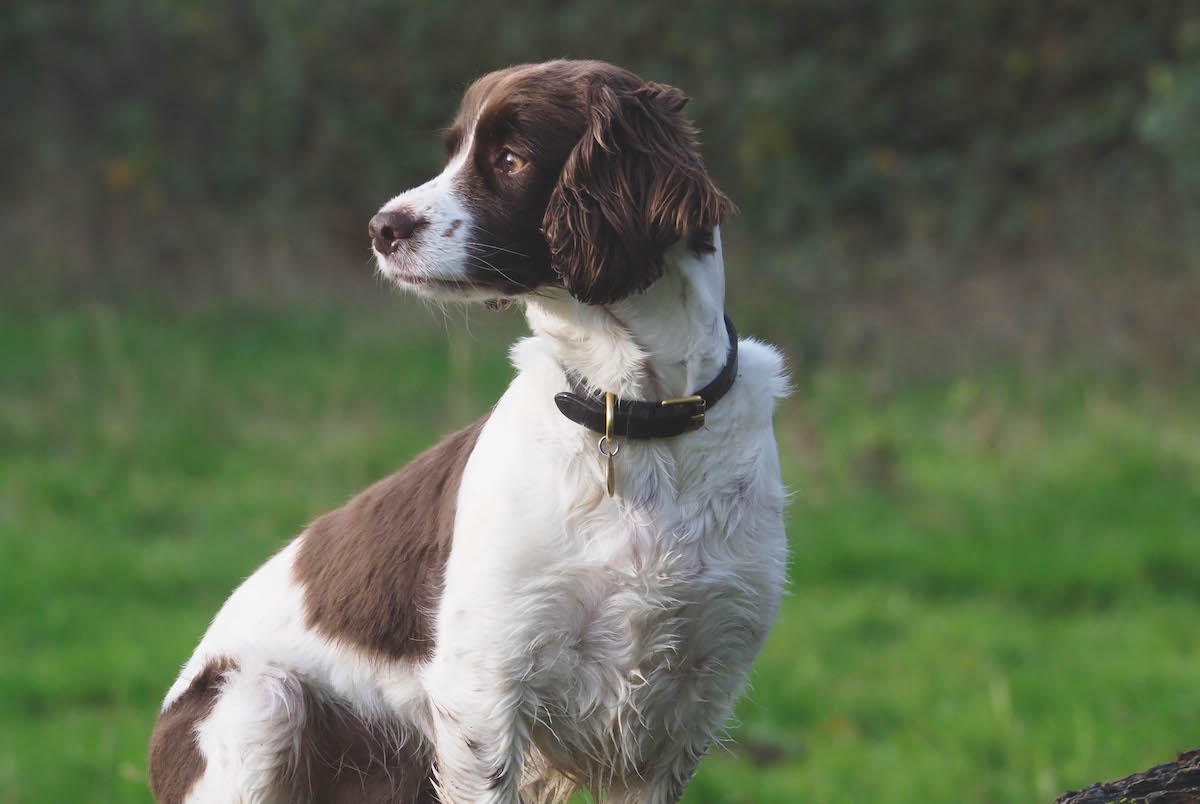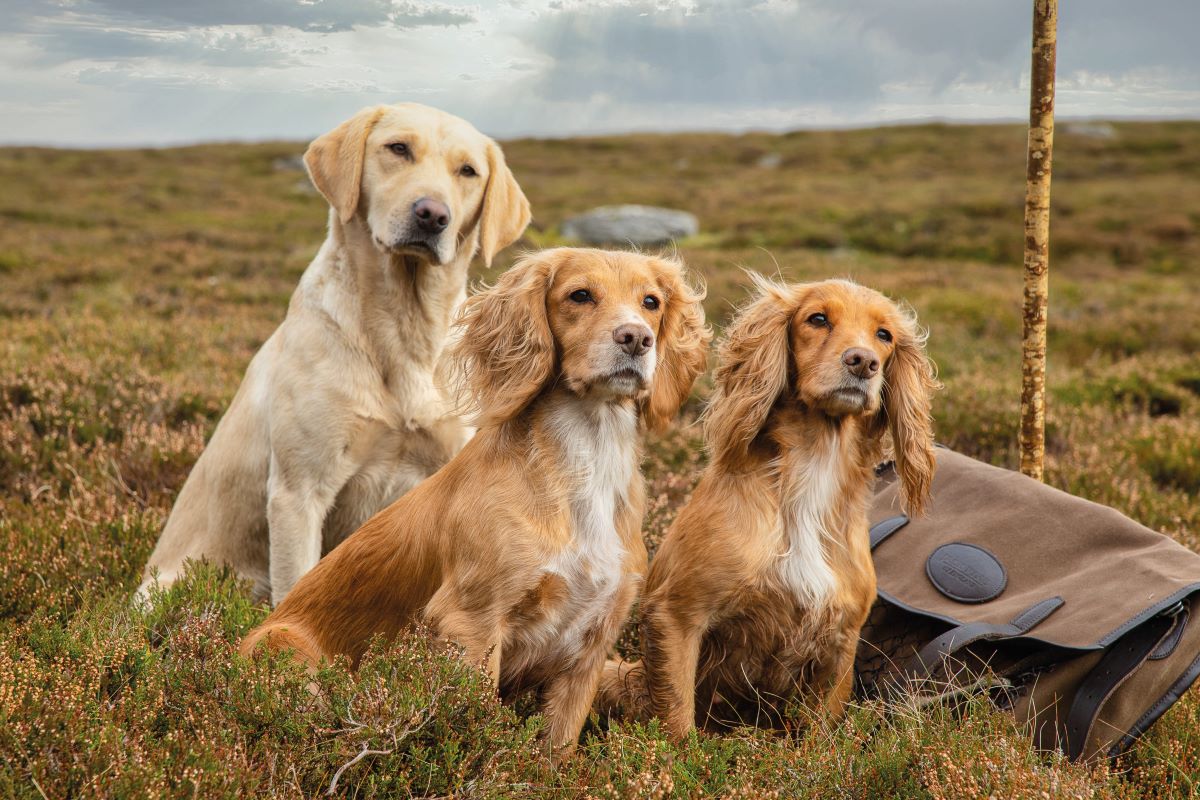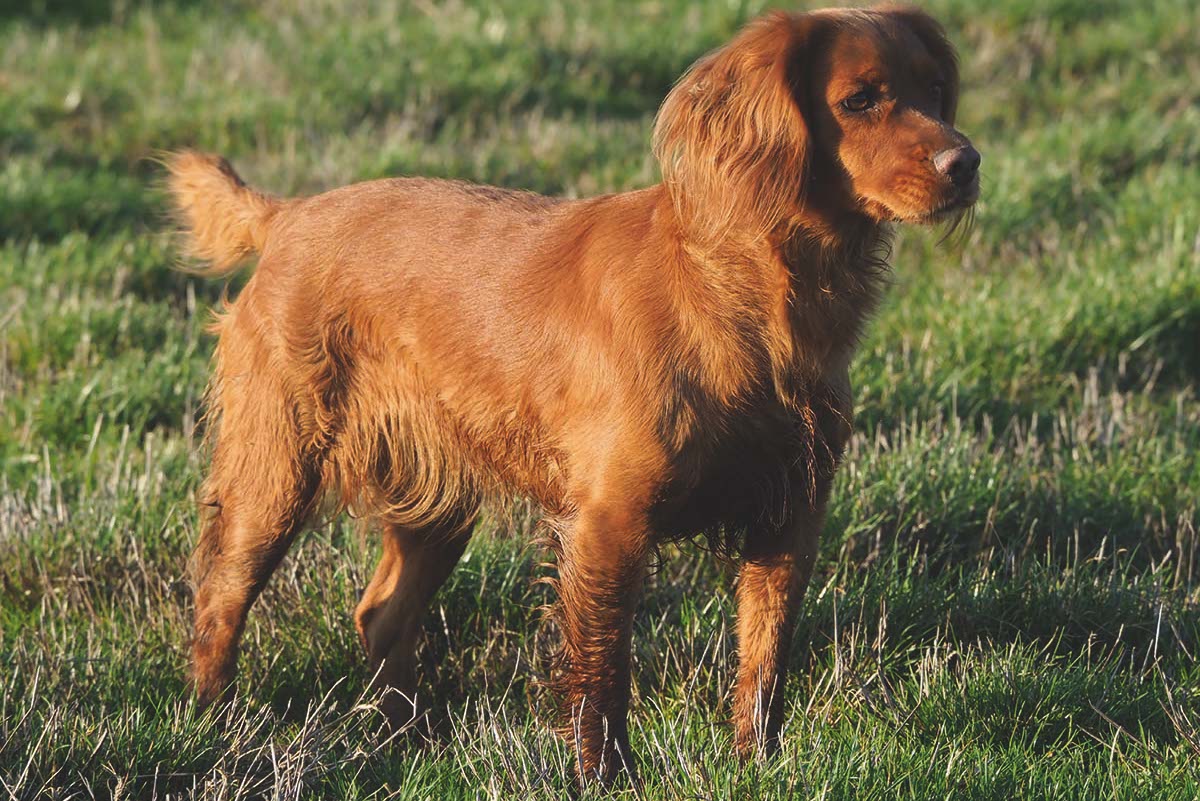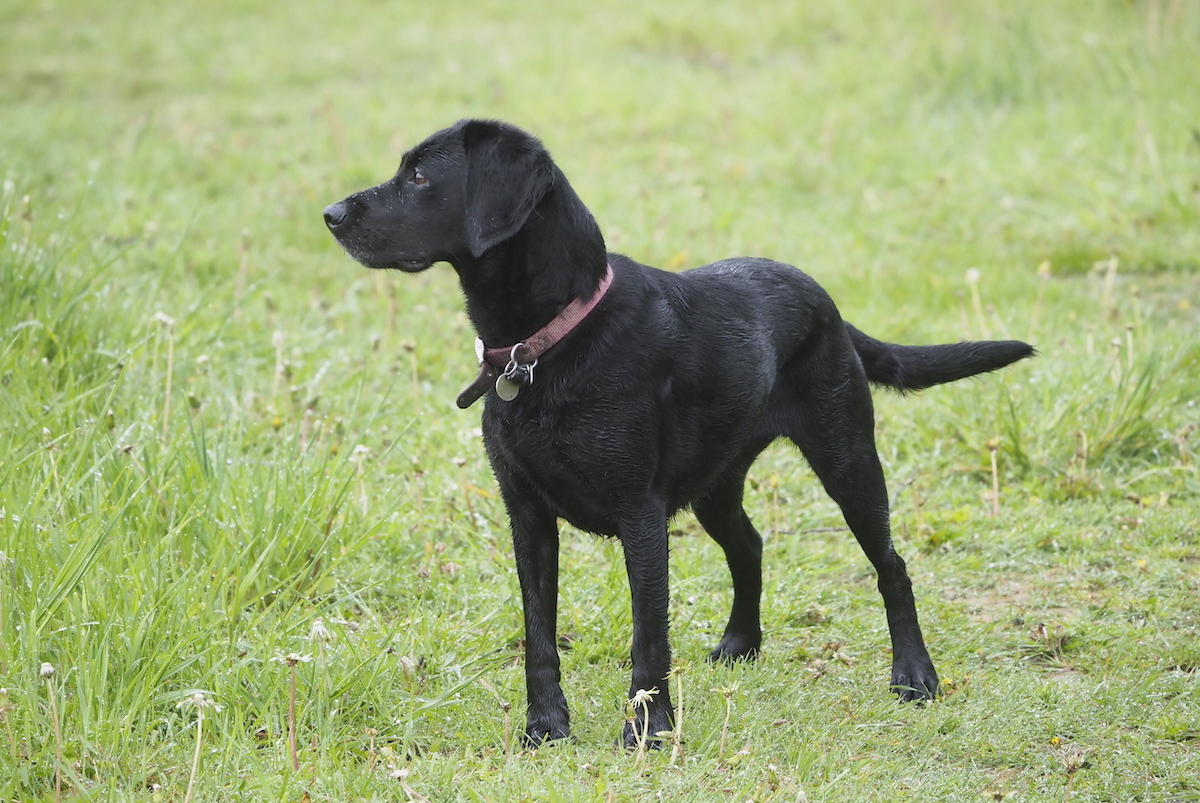What is a sprocker?
If you can’t decide whether you need the enthusiasm of a cocker or the calm patience of a springer, David Tomlinson has the answer

David's sprocker Emma looks like a miniature springer
Springer, cocker or sprocker? Fergus, a shooting friend, emailed me to say that he was “starting to think about a sprocker”. He added that though he lives in London during the week, he has “a good garden and is right on the edge of a park. What is a sprocker? A better bet than a cocker or a springer? Most roads lead to a labrador but I don’t fancy one.” He already has a terrier, but this will be his first proper shooting dog. (Read just why is the sprocker spaniel so popular?)
So what is a sprocker?
Regular readers will know that I’m the proud owner of a sprocker called Emma, but I’ve also owned, bred and worked English springers for 40 years. I acquired a sprocker for a number of reasons, one of which was that I wanted something different from the same line of black-and-white springers I had owned for so many years. I also liked the idea of a smaller dog. A pure-bred cocker was considered, but I have met many hyper working cockers, and I didn’t want one of those.
Put a springer to a cocker and, in theory, you should get the best of both breeds. You might also get the worst. However, it’s worth remembering that until the start of the 20th century, spaniels were just spaniels — a small individual might be called a cocker, but a large one from the same litter could be called a field spaniel. Enthusiasts increasingly bred for size and type, producing distinct strains that eventually became breeds. The Kennel Club finally gave the cocker a place in the stud book in 1893, while the English springer was officially recognised by the club 10 years later. (Read the differences between sprockers and cockers.)
In theory, that was when the two breeds split. However, though the cocker went on to become one of Britain’s favourite pet dogs, the working strain declined so much that 60 years ago it was close to extinction. An unofficial introduction of springer blood put new life into an old breed, and since then the cocker has gone from strength to strength. Today you are just as likely to see a cocker on a shoot as a springer, which is a relatively recent development.
Genetic diversity
The downside of the surge in demand for working cockers has been a loss of genetic diversity, as popular and successful stud dogs have been overused. Some of the most successful FTCh stud dogs have sired as many as 200 litters, which has not done the breed any favours.
Look at a typical working cocker’s pedigree and there’s a strong chance that you will see the names of the same stud dog on both the sire’s and the dam’s sides of the pedigree. Such inbreeding makes individuals much more vulnerable to hereditary diseases. The typical CoI (co-efficient of inbreeding) of most working cocker stud dogs is closer to 20 than the breed average of 9.6%.
Crossing a springer with a cocker does ensure that there should be no common ancestry, at least for many generations, which is a good thing. However, it doesn’t automatically ensure that the puppies won’t suffer from hereditary diseases, as this depends on the health of the parents. If I was looking for a sprocker puppy, I would make sure both its parents had been health tested and shown to be free from the typical spaniel diseases. If so, the chances of the puppy being healthy are much enhanced.
Hybrid vigour
Most sprockers that I’ve come across have been what are called F1 hybrids. That’s nothing to do with Formula One, but simply indicates that it’s a first cross between a springer and cocker. F1 hybrids typically show hybrid vigour, something that can be lost when a sprocker is crossed with another sprocker. There’s no reason why sprocker-sprocker puppies should be in anyway inferior to springer-cocker, but it’s important that both parents are unrelated and have been health tested. Sprockers can be hard to recognise, as there’s no special type and they tend to vary considerably. The colours can be as varied as their cocker parent, which means anything from golden to black with a lot of other colours in between. My sprocker Emma takes after her mother as she is liver and white and looks just like a miniature springer. There is no visual evidence of her sire, a lemon-roan cocker. Size also varies. Emma weighs a mere 10kg, half the weight of my springers, but some sprockers are almost as big as springers.
As for behaviour, sprockers bred from working stock are likely to show the same enthusiasm for working as their parents. Emma is a tireless worker and she has also proved to be more biddable, less headstrong, than any of my springers, but this is arguably more a matter of luck than breeding. Despite her size, she can do everything a springer can do except, perhaps, retrieve a hare or goose.
The only thing she definitely can’t do is run in a field trial, as sprockers aren’t recognised by the Kennel Club. However, based on my experience, I’d certainly suggest that my friend Fergus should give serious consideration to getting a sprocker as a sensible town-and-country dog.








